Resolution #431
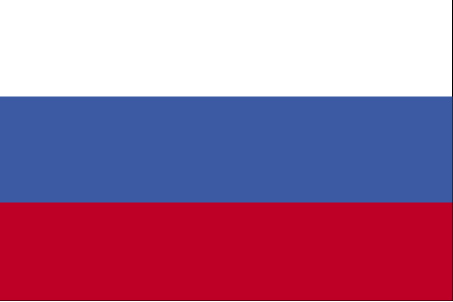 |
The question of the impact of climate change on Arctic biodiversity. |
| Committee: Ecology & Environment | |
| Main Submitter: Russian Federation | |
| Submitted: 14/02/2025 21:10 |
| Status |
|---|
| Passed cosubmitter sheet validation |
| Approved by approval panel |
| Selected for debate by secretariat |
| Passed by committee (Ecology & Environment) |
Committee Voting
| For: | 27 |
| Against: | 9 |
| Abstentions: | 5 |
Options
Co-submitters
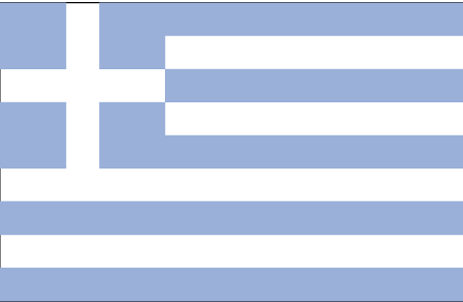 | Greece |
 | Italy |
 | Syrian Arab Republic |
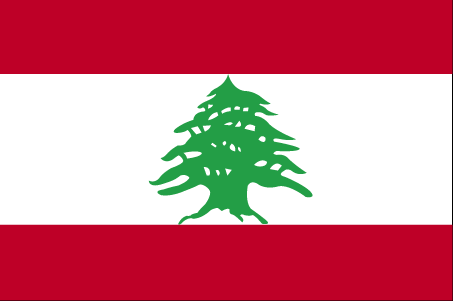 | Lebanon |
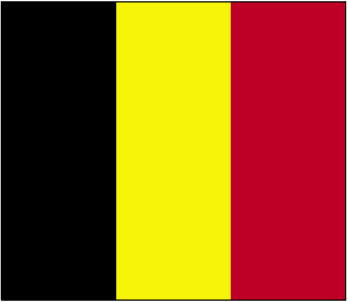 | Belgium |
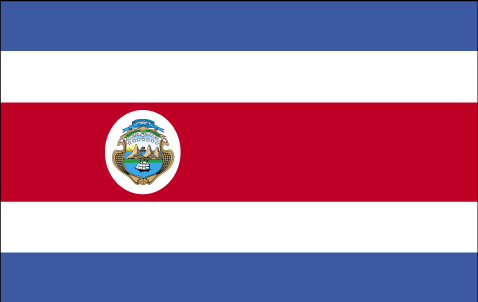 | Costa Rica |
 | Algeria |
 | Iraq |
 | United Arab Emirates |
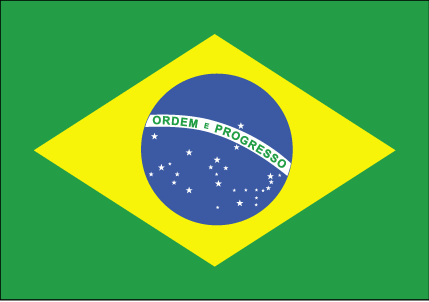 | Brazil |
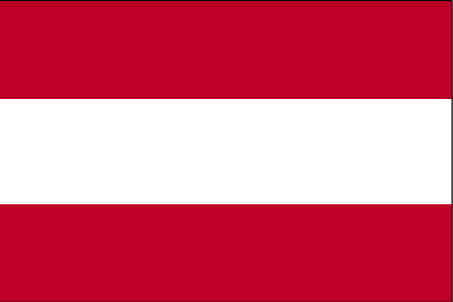 | Austria |
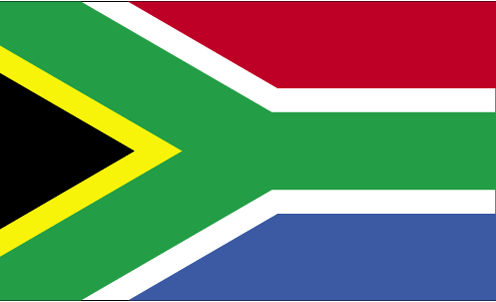 | South Africa |
 | Canada |
 | Portugal |
Resolution
FORUM: Ecology and Environment
QUESTION OF: The impact of climate change on Arctic biodiversity
MAIN SUBMITTER: Russian Federation
CO-SUBMITTERS: Algeria, Austria, Belgium, Brazil, Canada, Costa Rica, Greece, Iraq, Italy, Lebanon, Portugal, South Africa, Syria, United Arab Emirates,
THE COMMITTEE OF ECOLOGICAL AND ENVIRONMENT
Recognising summer Arctic sea ice extent is shrinking by 13% per decade and the sea ice cover continues to be younger and thinner,
Expresses its appreciation for the willing cooperation of all member states upon this crucial matter regarding the biological life in the Arctic which is extremely important for the ecological life of our world,
Alarmed by the decrease of snowfall and the increase of rainfall rates occurring in the arctic regions,
Reaffirming the importance of the United Nations Framework Convention on Climate Change (UNFCCC) and the Kyoto Protocol in establishing a framework for international climate action,
1. Calls for the creation of a sub-body of the United Nations Environment Program (UNEP),
called the United Nations Arctic Biodiversity Organization (UNABO), to be comprised of experts in arctic biodiversity, climate change and representatives from member nations and relevant NGOs, all as decided by the UNEP, with the purpose of but not limited to:
a. Overseeing the full implementation of all clauses on this resolution
b. Working in close conjunction with other UN sub-bodies such as but not limited to UNEP and the Arctic Council, to deliver a unified UN approach to the issue
c. Facilitating the discussion of Arctic biodiversity at the existing UN Biodiversity Conference of Parties
c. Aiding any member nations with any concerns regarding the implementation of this resolution through directly engaging with and advising member nations
d. Compiling an annual report of progress made on the resolution, to be shared with all member nations, for the purposes of, but not limited to, identifying problems and weak spots and improving them;
2. Encourages increased global scientific research into Arctic species and the way they are responding to the impacts of climate change, including but not limited to shifts in migration patterns, changes in reproductive behaviors, and methods of adaptation to any changes in habitat through:
a. working with high-quality and reliable scientists:
i. having at least 10 articles about the conservation of biodiversity in the Arctic region
ii. Encouraging them to report every track and trial change
b. for all member nations, NGOs, and other relevant research bodies to share their findings with UNABO and UNESCO to be compiled into an annual report and for these organisations to:
i. reach the reports to relevant organizations,
ii. preserving the reliability of the reports;
3. Further encourages all member nations to work with UNABO to implement measures to protect Arctic biodiversity such as but not limited to:
a. The establishment of protected areas, both marine and on land, in biodiversity-rich Arctic regions in order to prevent the destruction of ecosystems through human activity including but not limited to oil spills, overfishing and shipping
b. The establishment of wildlife corridors that allow animals to safely move from habitat to habitat, increasing their chance of survival in the case of unfavorable conditions
c. The promotion of nature-friendly and sustainable methods of resource extraction, including the rehabilitation of mining sites, reforestation, and water recycling, in place of more damaging methods;
4. Strongly affirms using mass media to reach large amounts of people around the world and informing the public about the importance of the Arctic biodiversity conservation and the threats that climate change poses to it:
a. using the mass media for crowdfunding and using the financial income on projects towards the conservation of the Arctic region
b. gathering information from the audience of mass media by measuring the awareness amount about the situation of the Arctic biodiversity to;
i. decide upon the frequency of posts
ii. if there is any, observe the change trends of the people’s ideas;
5. Invites member states to strengthening permafrost management and monitoring in order to decrease the amount of carbon released to the atmosphere in arctic regions by:
a. increasing the amount of indagation about permafrost thaw rates in research laboratories
b. paying more attention to the necessary building foundations when constructing new buildings such as elevated foundations, thermosyphon foundations, gravel pads or rock foundations, insulated foundations
c. implementing an indigenous-led relocation governance framework;
6.Requests for a restructuring of the United Nations Biodiversity Conference (Conference of Parties meeting to the Convention on Biological Diversity) to meet bi-annually, to be attended by all member nations, relevant UN bodies and NGOs, to be attended online where suitable, with additional meetings where deemed necessary by attendees or organizers due to unusual circumstances, for all its current purposes as well as for the purposes of but not limited to:
a) Providing a platform for member nations to discuss and collaborate regarding the protection of Arctic biodiversity specifically,
b) Sharing ideas, concerns, potential solutions, research and any other progress made towards protecting Arctic biodiversity, and facilitating the exchange of technological innovations and solutions that help to achieve this sustainable, ensuring minimal damage is done to these ecosystems, and directing more funding towards these technologies where deemed appropriate,
c) Promoting collaboration between member nations on transboundary conservation methods, such as protecting shared migration routes, to allow for more effective and unified approaches,
d) Identifying areas that require additional attention or alternate approaches.
7. Encourages the involvement and support of marginalised and indigenous communities in decision making to ensure equality and inclusivity when researching and implementing new infrastructures in communities most vulnerable to climate change and who may become unemployed due to climate factors,
a) The establishment of support programs for populations who have become unemployed due to climate factors in affected regions, providing training, outreach programs and skills workshops,
b) Offering financial assistance, retraining opportunities, and job placement services, ensuring support for affected populations,
c)Incorporating cultural practices and knowledge into policy development, resource management and all clauses within the resolution, to ensure culturally appropriate solutions,